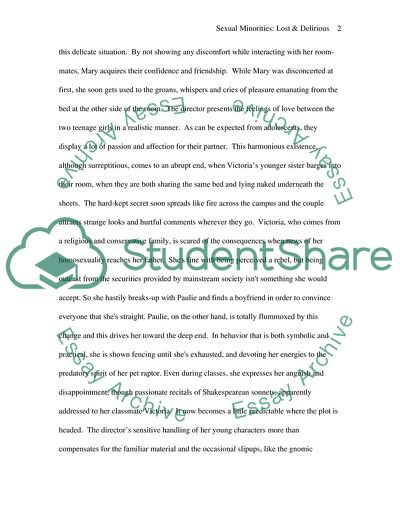Cite this document
(A Critique of the Film Lost and Delirious Movie Review, n.d.)
A Critique of the Film Lost and Delirious Movie Review. Retrieved from https://studentshare.org/visual-arts-film-studies/1716425-film-critique-on-sexual-minority
A Critique of the Film Lost and Delirious Movie Review. Retrieved from https://studentshare.org/visual-arts-film-studies/1716425-film-critique-on-sexual-minority
(A Critique of the Film Lost and Delirious Movie Review)
A Critique of the Film Lost and Delirious Movie Review. https://studentshare.org/visual-arts-film-studies/1716425-film-critique-on-sexual-minority.
A Critique of the Film Lost and Delirious Movie Review. https://studentshare.org/visual-arts-film-studies/1716425-film-critique-on-sexual-minority.
“A Critique of the Film Lost and Delirious Movie Review”. https://studentshare.org/visual-arts-film-studies/1716425-film-critique-on-sexual-minority.


